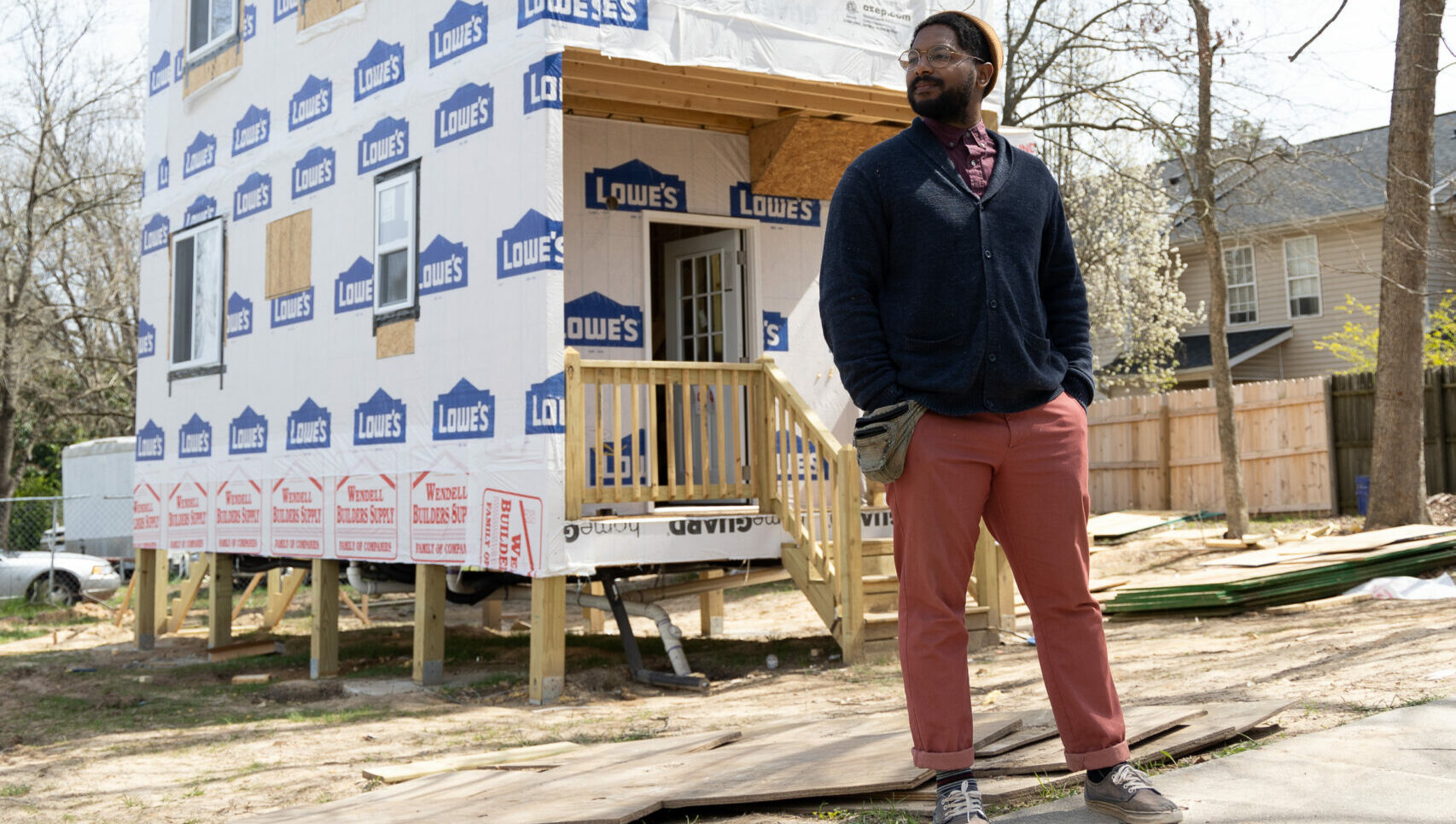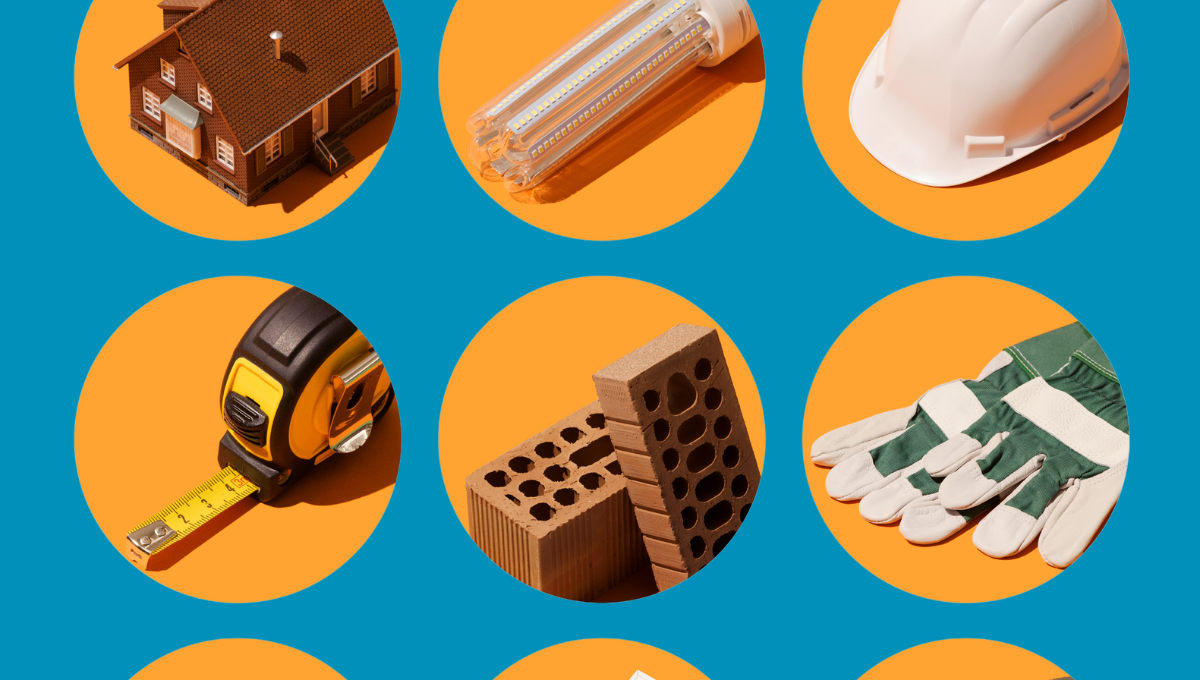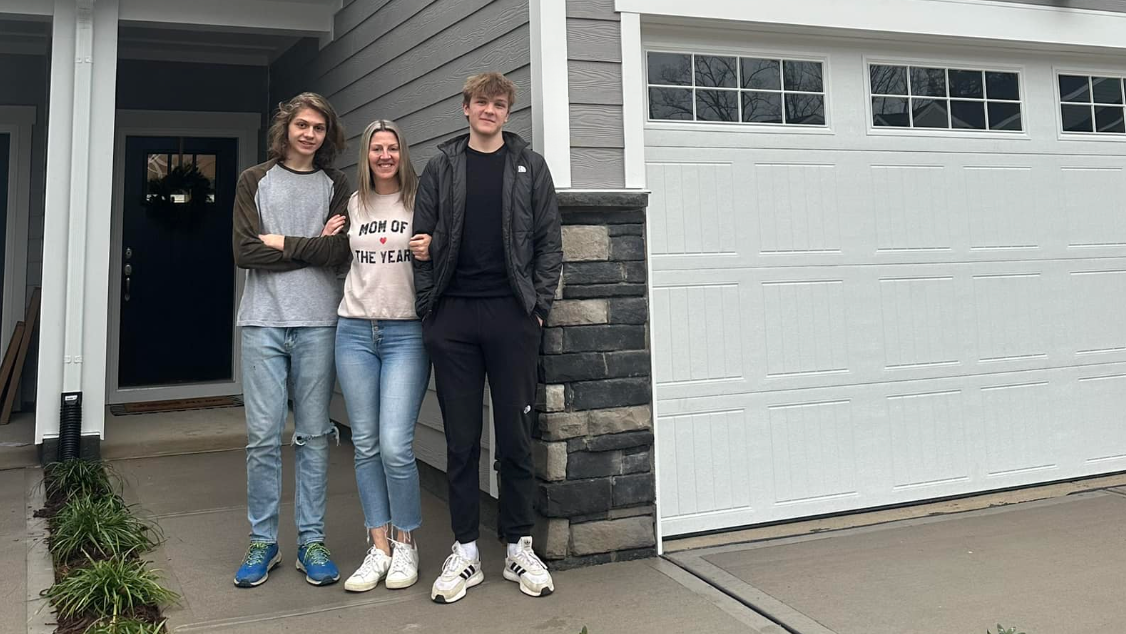The Story of Coram

Editor’s note: Occasionally we invite community members to contribute to our blog, to share innovative ideas or interesting perspectives related to housing affordability. This post was written by Topher Thomas, founder of Coram Houses in Durham, NC, which describes itself as “a community organization committed to breaking cycles of racial & economic injustice through creative & affordable housing.” Coram is not affiliated with Community Home Trust.
I remember staring at the spot in my yard between the fence and the pecan trees. It was shaped and sloped and unused. I kept envisioning a shed there, maybe a small studio to do craft projects or just to think. At the same time, housing needs and the lack of affordable housing options kept coming up. The next thought was naturally, maybe that spot could be affordable housing. It was only 160 square feet, so I imagined it would at best be short term or transitional housing, but I would help someone out and they would help us out with the rent income. A mutually beneficial relationship. This was the birth of Coram Houses. There are a million other thoughts and stories that led to the building of that first Coram house, and the subsequent shaping of the company that now builds ADUs for community building and affordable housing. At the very bottom it all though was and is simply neighbors housing and helping neighbors.
Immediately though, questions arose: How do we get it built? How do we learn how to be property managers? How will we pay for it?
These are the questions Coram aimed to solve, and they are the questions we’re continuing to try to solve.
There is no shortage of folks who want to do the good thing of providing affordable infill housing in communities that need it—reducing displacement and building togetherness—but an ADU costs about $115K (for a 500sq.ft. unit), and $115K is no small amount…and banks haven’t quite crafted ADU loan products yet.
The Coram model was meant to solve this. We would pool funds from local investors and partners—from the person who can invest $10 to the person who can invest $100,000–and together we could create an ADU funding product.
If a homeowner wants an ADU, we pull from those funds, agree on terms of re-payment, build them an ADU, and begin renting it out.
Once built and rented out, Coram and the homeowner split the rent until Coram and our investors have a return on their investment, or the homeowner can refinance and pay Coram and our investors out in full all at once. If the homeowner chooses the latter, they then get to keep all the rent income that comes from the ADU. It’s a process with mutuality at every turn, every aspect of the process dependent on the other parts. The investor needs the renter, the renter needs the homeowner, the homeowner needs the investors, and Coram needs everyone—in short, we all need each other. It’s a shared mission for a shared community.
Ours is a story that is still being told. The neatness of the model isn’t without its difficulties and complexities. We’re dependent on the community. We’re still working out the best mode to pool funds, particularly from folks living in the community who aren’t “investors”, but want to contribute.
For me, as the founder, that’s the dream—for Durham, for my neighbors, to reap the benefits of Coram. If 5 years from now, Coram has lined my pocket and no one else’s, if it’s given me financial security and no one else, then I will have failed. The future is uncertain. We all feel it. If there is a future to be had though, that future is shared. Together we’ll hope it into existence.
Want to learn more about ADUs as an affordable housing solution? Check out Shelterforce’s series on ADUs, starting with their brief explainer video.
If you’d like to be considered as a guest poster for our blog, please contact Daniele Berman at dberman@communityhometrust.org.





